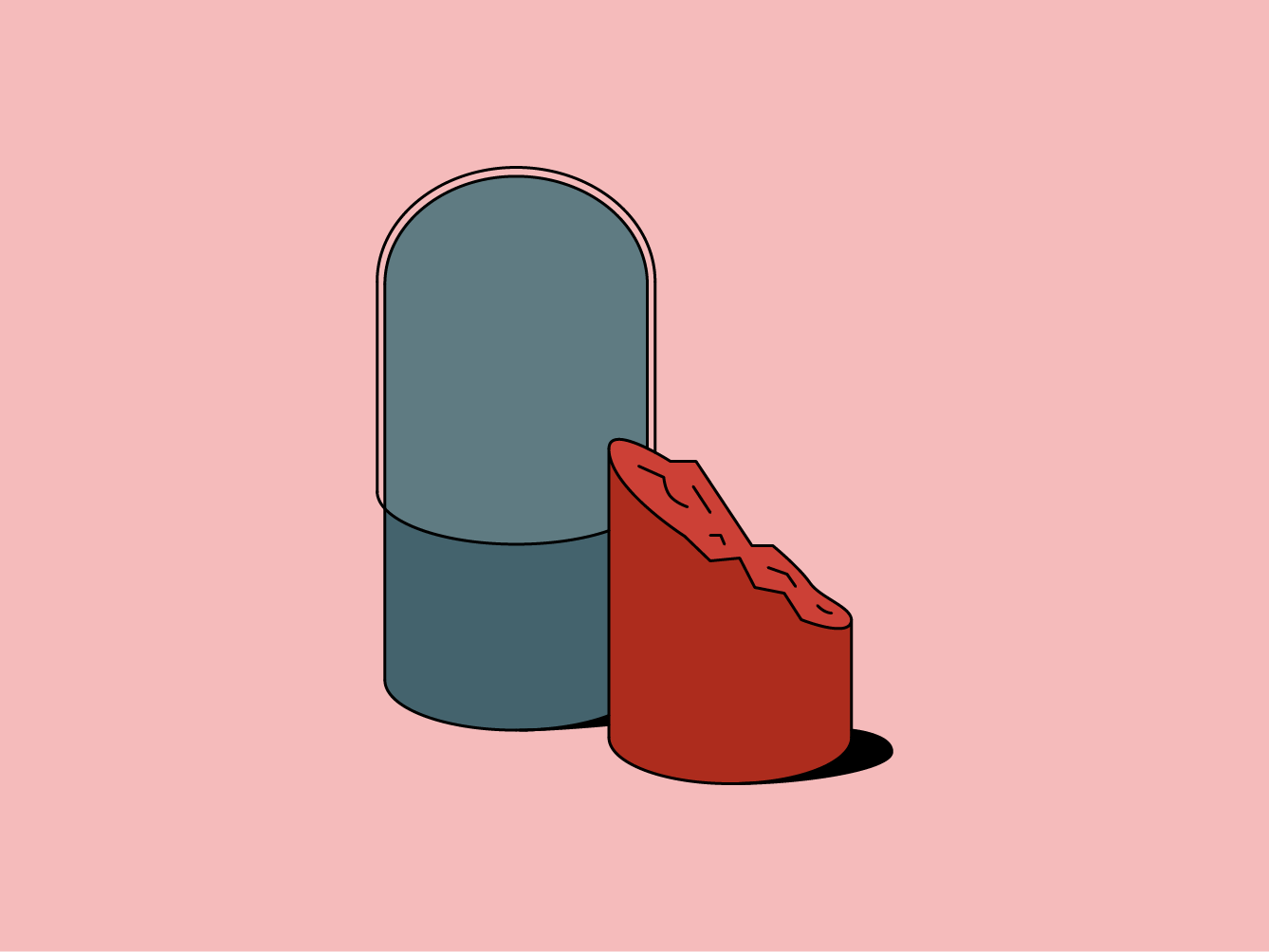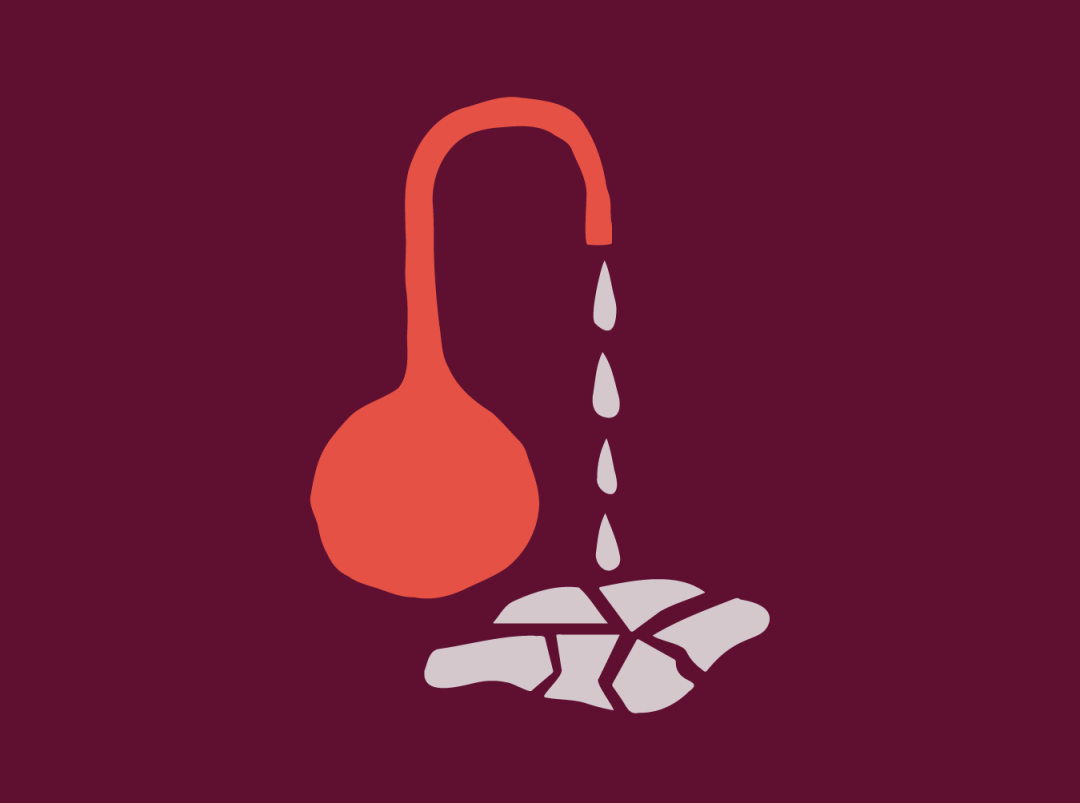#explainer
No Freak Out Guide to Common STDs
health
·5 min read

by Mia Abrahams | 11/22/2017
Sometimes talking about STDs makes one feel like Coach Carr from Mean Girls: “If you do touch each other, you will get chlamydia, and die. Everybody take some rubbers.”
But, even though it feels like we *knowwww* we should be having safe sex, a report released earlier this year by the CDC found that there has been a rise in chlamydia, gonorrhea, and syphilis in the last year. And, as if you needed another stat to make you go eeeek, there are an estimated 110 million STIs in the US at any given time. (Could this have something to do with the state of sex ed in US schools?)
The STD conversation is, of course, wrapped up in a whole lot of other stuff, including the stigma of talking about STDs, feeling empowered to have these conversations with the people you are sleeping with or even your doctors, and of course, feeling empowered to demand that safe sex happens every time you do it.
Also, there is no more terrifying feeling than having had sex with someone and feeling, seeing, or smelling something a little off, throwing some stuff into Google, and being confronted with the fact that YOUR VAGINA IS GOING TO FALL OFF AND THEN YOU ARE GOING TO DIE!! But with the right information (Planned Parenthood is always a good place to start), regular testing, open conversation, and treatment, STDs are manageable, and some can be totally cured. So do yourself a favor, stay off WebMD, and start talking.
We’re going to go over the top three most common STDs that affect young women, but there is a lot more conversation to be had, so stay tuned for more!
HPV (human papillomavirus)
HPV is the most common STD in the US, and there are more than 100 different types. Here’s another fun fact: almost everyone who has sex gets the HPV virus at some point! But, most people with HPV have no symptoms and are totally fine, so they don’t notice they’re infected. Also, most HPV infections aren’t harmful and your body will sort it out on its own. But, there are some kinds of HPV that aren’t as… chill. Two types of HPV (6 & 11) cause genital warts — not a whole lot of fun, but nothing serious health-wise. However, other higher-risk types of HPV can sometimes lead to cancer, most commonly cervical cancer.
While there’s no cure for HPV exactly, there are a lot of ways to manage and prevent it from having a negative impact on your health. Remember, most people do have it at some point in life, so it’s not really a big deal if you do find yourself in the HPV club throughout your sexual life span.
HPV is spread through sexual skin-to-skin contact (no cum required!). So, the annoying thing about HPV is that most people who have the high-risk type don’t show symptoms, which means you really need to do those pap smear tests so your doctor or nurse can monitor any abnormal cell changes in your cervix (aka potential problems caused by HPV). The other symptoms of HPV are genital warts, which are harmless and grow on your vulva, vagina, cervix, or anus. They’re usually painless, and can be treated and removed just like the warts you get on your hands and feet (but not with the same stuff you get over the counter, so definitely go get them checked out by your healthcare profesh for a proper diagnosis).
To prevent getting or giving HPV, use a condom if you’re getting down w/ someone. There is also a vaccine that prevents HPV types 16 and 18, the two types of HPV that cause 70% of cervical cancer cases (and for those of y’all reading this who have been vaccinated already… yes, you still have to get a pap smear *even* if you’re already vaccinated. Sorry.) Talk to your doctor about your options if you haven’t already been vaccinated.
Chlamydia
Just like Ryan Gosling, chlamydia is most popular among teen and young adult women. It’s also really, really common — 3 million Americans get it every year, most between the ages of 14-24. Chlamydia is spread through vaginal, anal, and oral sex, and the infection is carried in cum, pre-cum, and vaginal fluids — but, you can get it even if no one cums (or through oral sex). And, PS, you can’t get chlamydia through sharing food and drinks, kissing, coughing, or sneezing.
The tricky thing about chlamydia is that symptoms don’t usually show up, which is why you should definitely get checked for STDs about once a year anyway (because, if left untreated, it can lead to something more serious, like pelvic inflammatory disease, which does not sound pleasant). Here are some symptoms to look out for:
Pain or burning while peeing
Pain during sex
Lower belly pain
If you have any of these symptoms, or have been having unprotected sex, get tested. If you *do* have chlamydia, the good news is it’s pretty easy to deal with. Antibiotics will treat the infection, so long as you remember to take all of your meds, exactly like your doctor or nurse tells you to. Also, it’s recommended that you don’t have sex with anyone for 7 days from when you start treatment. How do you prevent chlamydia in the future? Condoms, every time you have sex.
Gonorrhea
Like chlamydia, gonorrhea is a curable STD spread through vaginal, anal, and oral sex. The infection is carried in cum, pre-cum and vagina fluids.
It’s also easily treatable with antibiotics, but can be tricky to pinpoint because 4 out of 5 women with gonorrhea have no symptoms (are you seeing a common theme here?). That’s why your yearly checkup is so important (and so is wearing condoms when you have sex).
Symptoms to look out for if you have a vagina:
Pain or burning when you pee
Abnormal discharge from the vagina
Bleeding between periods
If you have any symptoms, have had unprotected sex, or are just going for your regular checkup and come up positive for gonorrhea, you’ll probably take a 7-day course of antibiotics, and need to be tested in about 3-4 months to make sure you are in the all clear. To prevent gonorrhea, you guessed it: condoms!!
Anytime you are diagnosed with an STD you might need to have a conversation with your partner (or non-partner or whatever-we-don’t-have-labels-yet-person) about what’s been going on — otherwise that STD is just going to go ‘round and ‘round forever! Check our how-to guide on important questions to ask your sexual partner for some pointers.
Next up, we’re going to talk about herpes (it’s so special, it gets its own post) — what else would you like to see discussed on the blog? Any STD Q’s you’d like answered or discussed? LMK in the comments!
by Mia Abrahams


